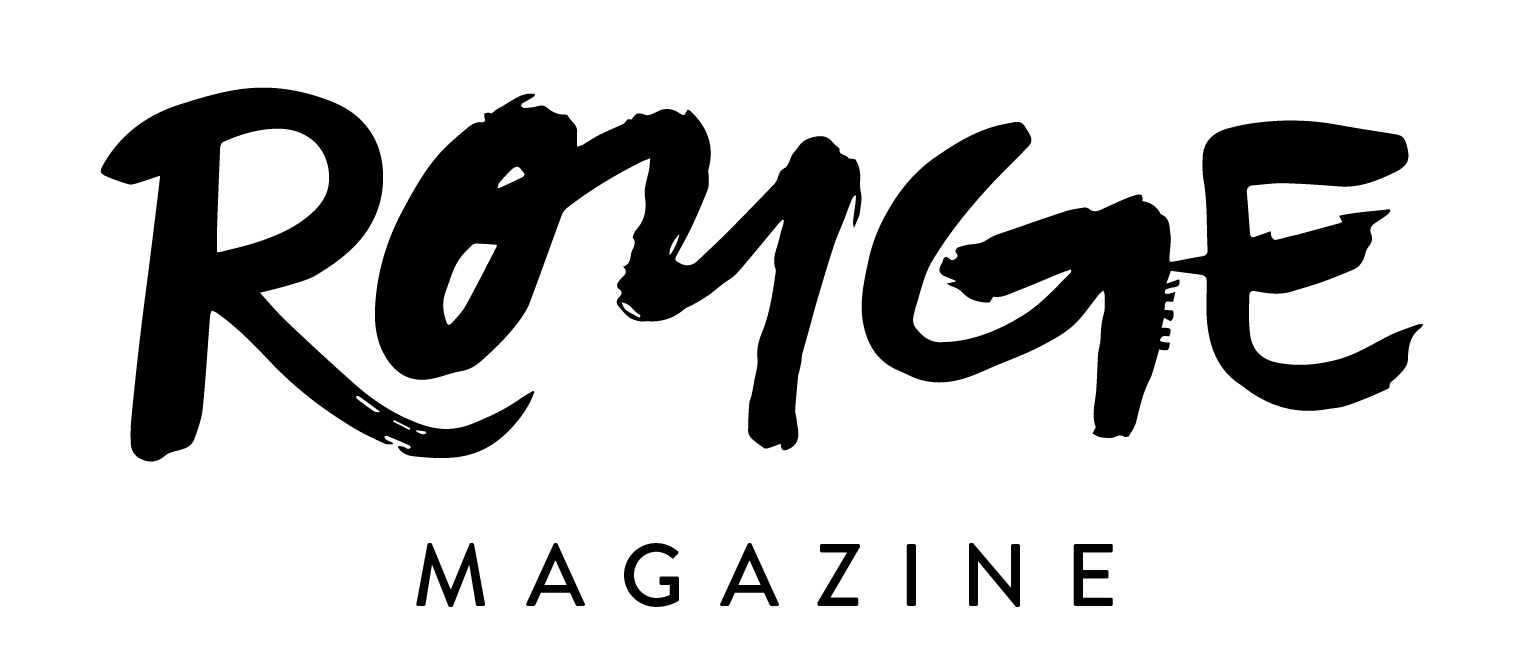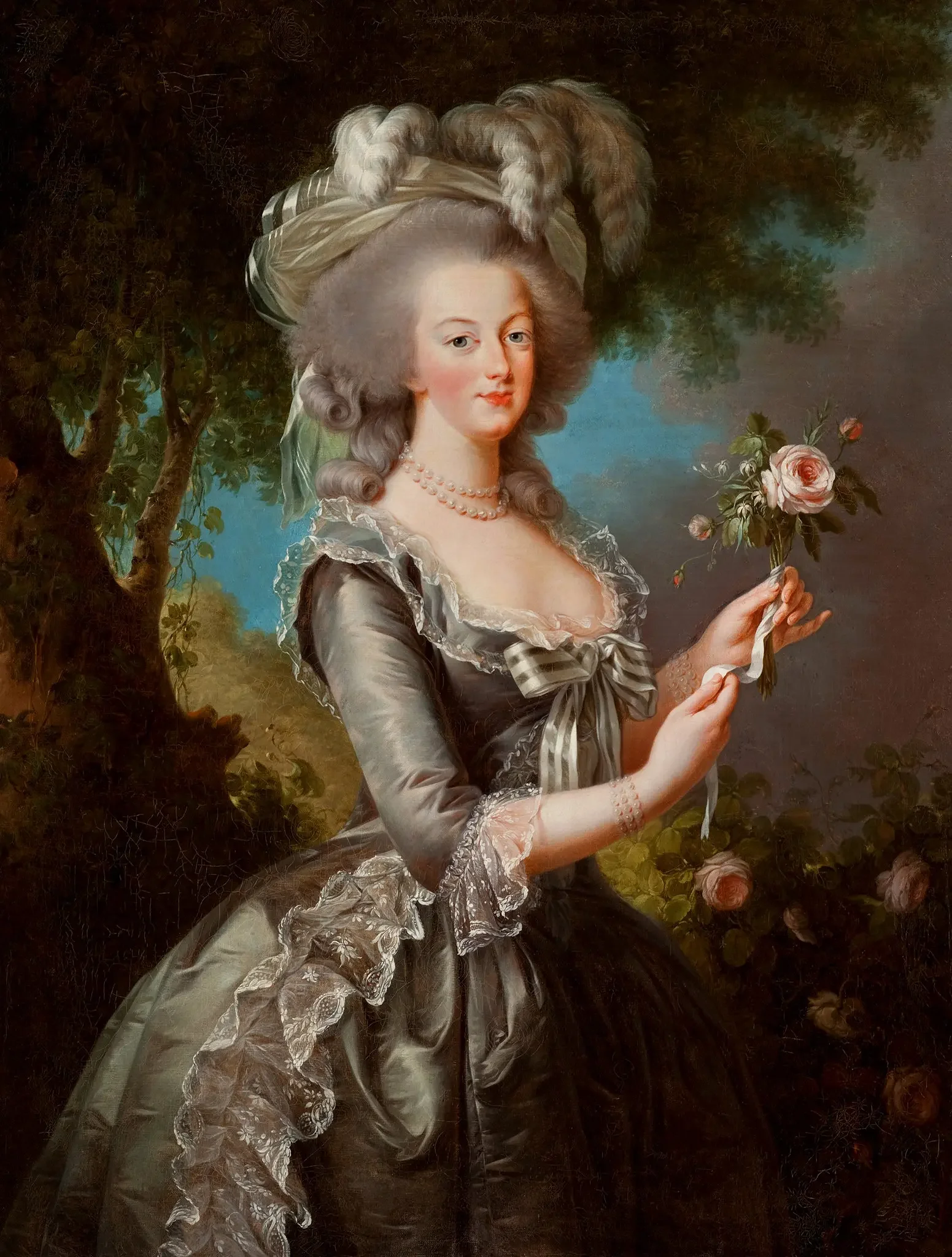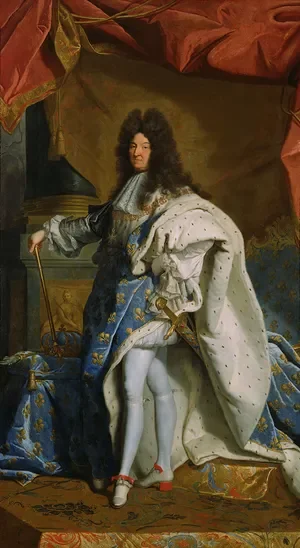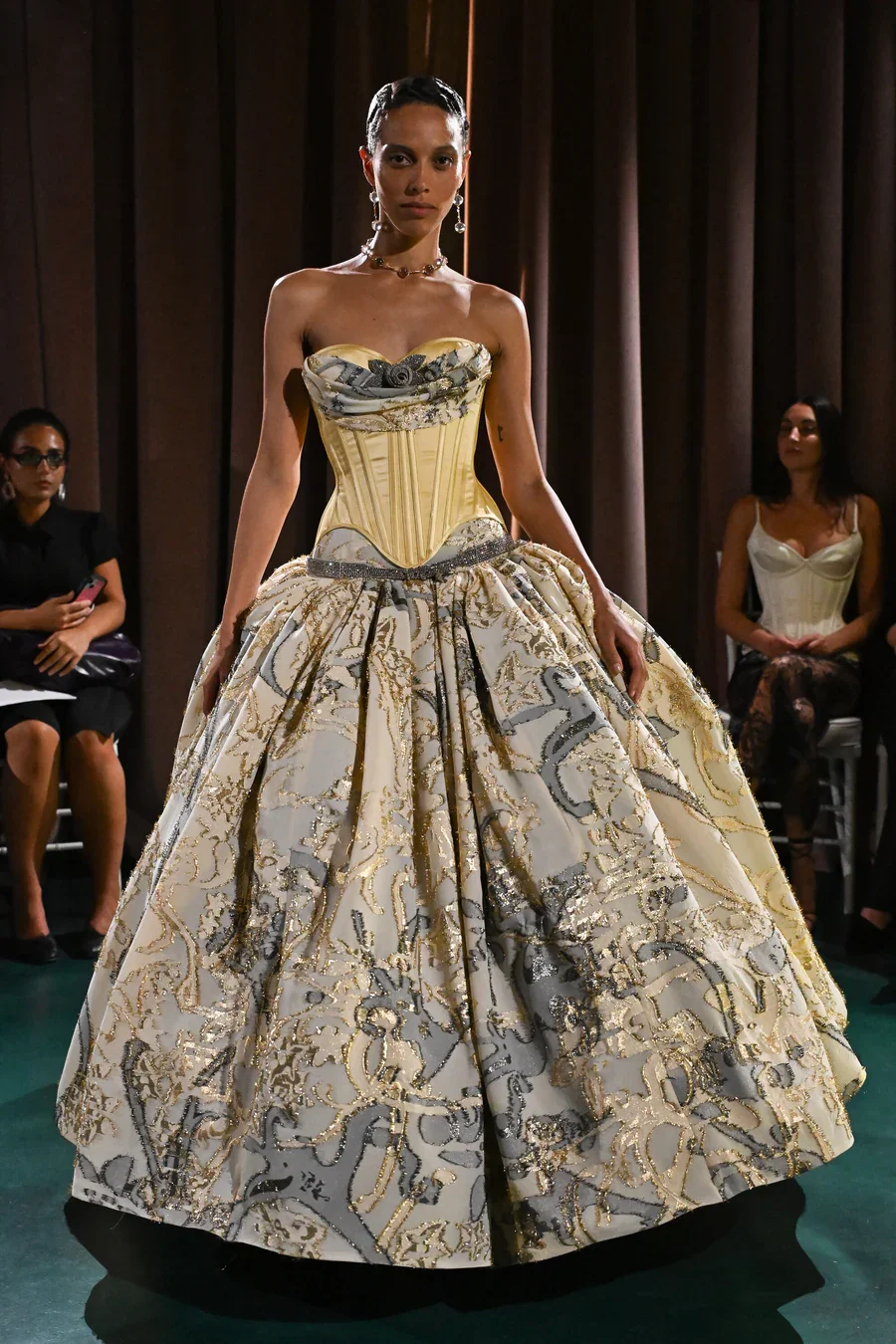Rococo Redux: The Irony in the Age of Overconsumption
As the curtain recently closed for New York Fashion Week (NYFW) 2025, I could not help but notice different designers’ collections sharing a similar aesthetic and a recurring motif. This aesthetic comes precisely at a time when social media platforms are continuously proliferating posts of overconsumerism. In the digital landscape, people have normalized the filming and sharing of themselves indulging in material excess. Whether that be hygiene and makeup products, filming themselves eating copious amounts of food or telling people that they must buy a certain piece of clothing. And so, is not it the ultimate irony that the distinct motif found in many of these designers’ collections returns to the Rococo Era?
Photo/Mayfair Gallery/The Swing
What is the Rococo Era?
The Rococo Era was a complete rejection of the Baroque Era’s dramaticism, sensual richness, and heavy realism. Instead, the era showed an unprecedented scale of luxury and sheer lavishness of the aristocratic class. It doused art and fashion in a sea of pastels and light with playful colors, while glorifying aristocratic lifestyles and ideals. As global trade, decorativeness and fine arts infiltrated Europe, Rococo infused the world with a yearning for a decadent, whimsical and erotic opulence – and nobody executed the Rococo Era like the French did. Key figures such as Madame de Pompadour, Marie Antoinnete and King Louis XIV (also known as “The Sun God”) were pioneers of the iconic style.
Photo/The New York Times/Marie Antoinette
Photo/Art UK/Madame de Pompadour
The OG Influencers
Madame de Pompadour, mistress of King Louis XV, popularized the Robe
à la Française, consisting of three components: the Manteau (the mantle), the Jube (the skirt) and a triangle-shaped stomacher (a chest insert for a corseted illusion). It was a necessity for the manteau and the jube to be engulfed in embroidery with lace, bows, silk, flowers, jewels and stripes – essentially anything that could publicly announce wealth and status. Necklines were usually low, which gave the tease of some eroticism and voluptuousness, while the skirts were adorned with frills and dramatized by a hoop skirt underneath layers of fabric (to further enlarge the skirt). Marie Antoinette added to the extravagance through her hair and performative daily rituals. She acts as a parallel to modern-day influencers, meticulously documenting their 30-step skincare routines or collections of makeup products that you “must” buy. As she constantly had multiple hair stylists, used powder products, feathers and jeweled accessories, Marie Antoinette performed her daily routine as a staged ritual of extravagance.
Photo/Britannica/King Louis XIV
The Mastermind of Hyper-Consumption
But above all these trend setters, King Louis XIV might have not only reigned over France, but also reigned over the industry of overconsumption. When Louis XIV took the throne, he pushed the French textile industry and for wealthy French nobles to only buy from French businesses. He focused on indulgence and luxury, incorporating it into clothes, art, architecture, landscapes and most notably, the Palace of Versailles. To maintain this cycle of amassing clothes, he created the concept of bi-annual fashion: one could only wear certain clothes during a certain season. Therefore, for each season, people would have to go out and keep buying and changing out clothes. As his reign continued, his fashion increasingly became more excessive and impractical in order to convey status and power. Although he reigned during the transition from Baroque to Rococo, he is credited with embarking on the journey of turning France into a global fashion hub. This calculated implementation of the textile industry and bi-annual fashion has continued to influence us today as we create and buy seasonal fashion.
Photo/Selkie/Selkie Fall 2025 NYFW Collection
The Rococo Collections of NYFW
The Fashion House of Selkie embodied the absolute extravagance and indulgence of the Rococo period as well as being the ultimate irony in the age of overconsumerism. The most prominent example was the model in a pink jube and hoop skirt with bows adorned on her breasts, pictured above. The aesthetic channeled Marie Antoinette with her hat wrapped in satin and feathers, her hair powdered and poofed and heavily caked-on makeup. These historical fashion choices were intertwined with items of modern wealth, like the gold grill in her mouth and her performative consumption of an ice cream bar. Her skirt, engulfing her lower half in layers of fabric, is completed with even more ribbons and lace while her top half is exposed with only jewels and ribbons covering her – harkening back to Rococo’s eroticism and hedonism.
Photo/Wiederhoeft/Wiederhoeft Spring/Summer 2026 Runway
The House of Wiederhoeft further elevates this theme through heavy structural designs and significant amounts of decoration. Specifically, it is elevated through this blue and yellow ball gown covered in jewels and patterns. With the dress severely corseted, it nods to what those in the French aristocratic era would partake in. The rose in the center of her chest, the belt near her lower waist and each abstract, whimsical pattern on her skirt are either devoured or outlined in crystals and glitter. The largeness of the ball gown again references the Robe à la Française dress of Madame de Pompadour, with a hoop skirt and the ruching of excessive fabric.
Photo/Vettese/Vettese 2026 Spring Ready-to-Wear
The Vettese Spring 2026 Ready-to-Wear Collection fuses the fashion of women and men in the French Rococo Era. Their white two-piece set (look 21) conveys this duality: the top still gives that seductiveness and sensuality of the low-cut Robe à la Française dress and the pants reference to men's pantaloons worn under their embellished robes. The tailoring on the pants illustrates immaculate textile skills, which makes one return to King Louis XIV's emphasis on bolstering the French textile industry. Although the look seems very simple and more masculine, Vettese does not neglect the usage of feminine fashion characteristics from the era. In look 32, Vettese uses sheer fabrics to convey that whimsical feel of the art during the era and incorporates a corset under the sheerness and an underskirt that still references the volume of skirts in the period.
Photo/EcoMENA
Why are these Collections Ironic?
The Rococo Era ended catastrophically with the French Revolution, which was triggered by aristocratic indifference to heavy consumption. Now in the digital landscape, it is being mirrored again (minus the guillotine). Although it may not be deliberate or to make this specific statement, designers in NYFW have been echoing the historical period of a lust for luxury and financial negligence precisely at a time where overconsumption has become a crisis environmentally and financially. According to the University of Alabama Birmingham, “People consume 400% more clothing today than twenty years ago.” So, the Rococo redux, although extremely beautiful and tailored to perfection, comes at a time to reflect the unsustainable and dizzying consumerism of the modern age.
Editor: Sydney Annis
Graphic: Sarah Rakoski








